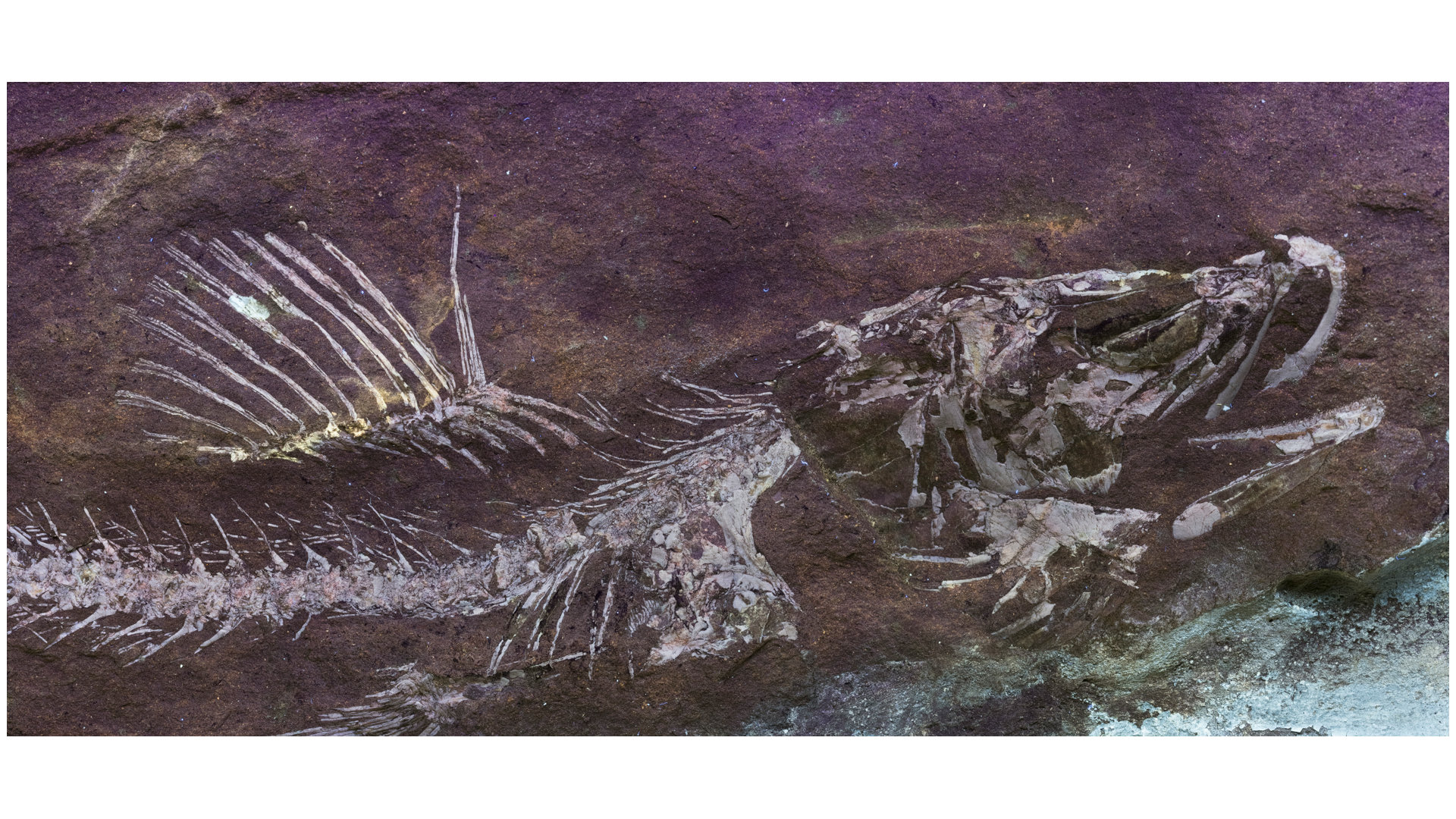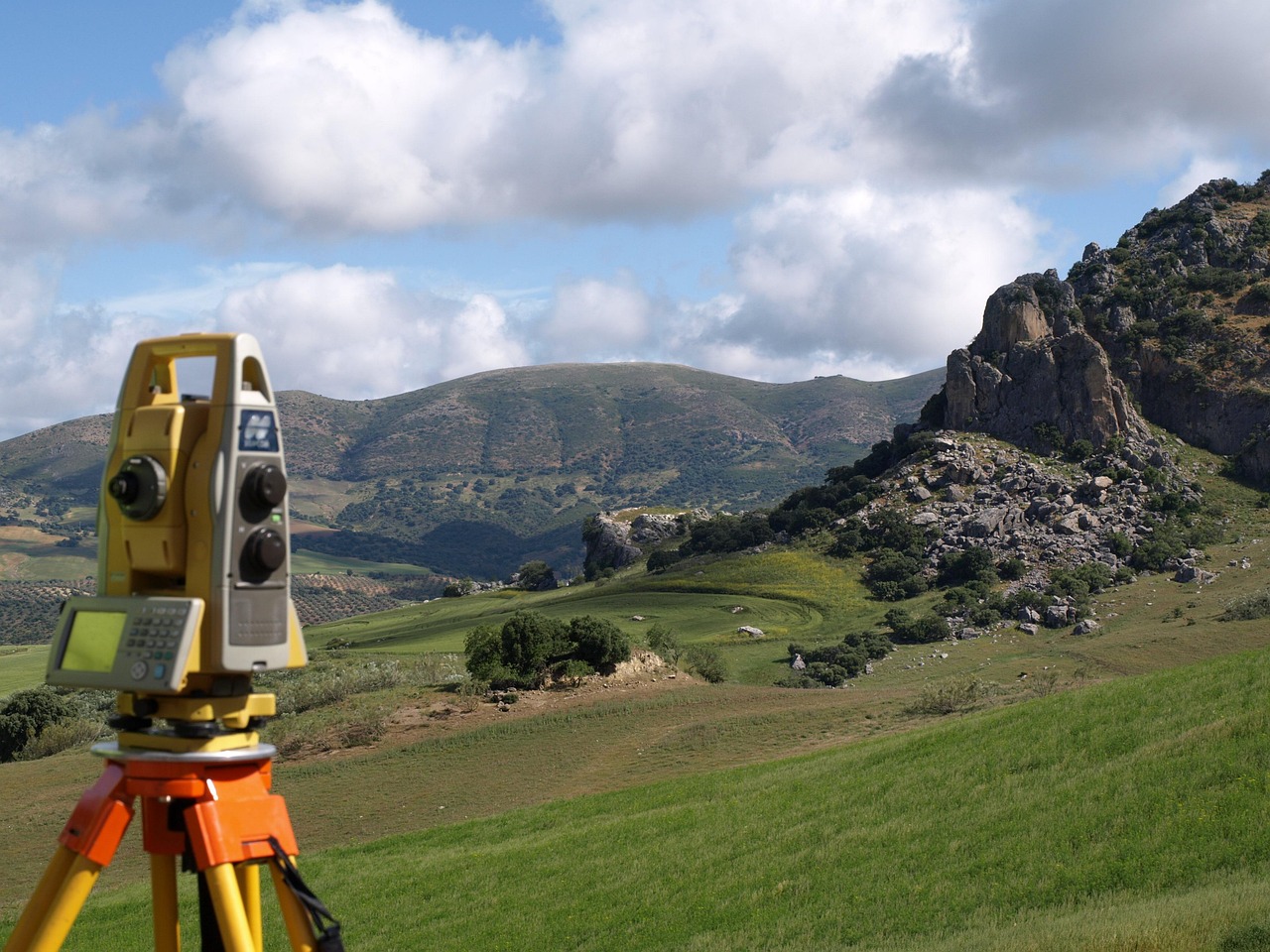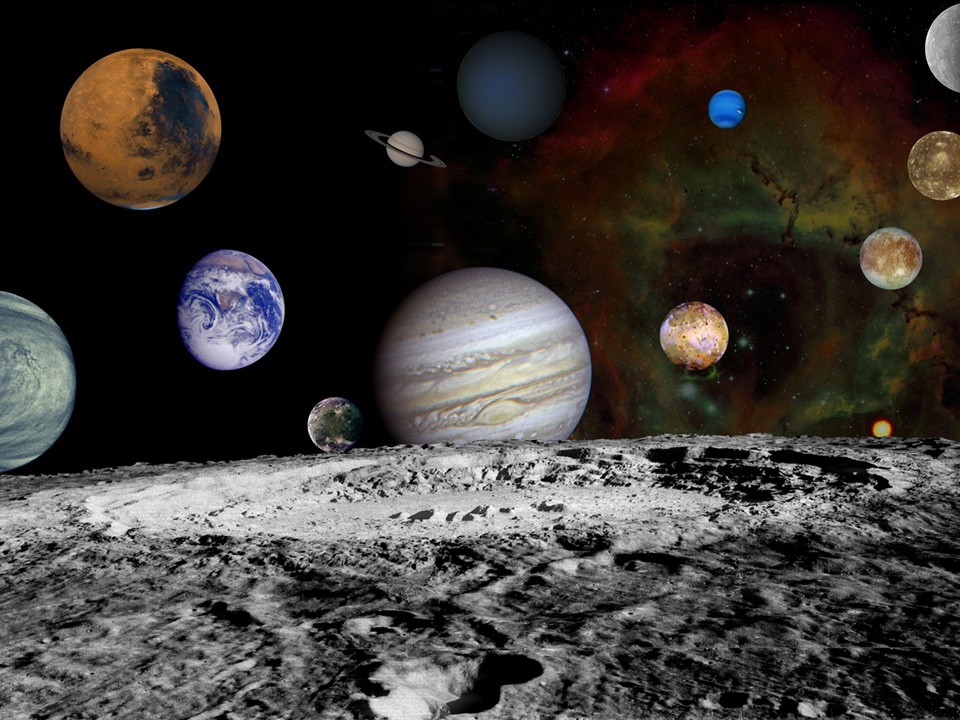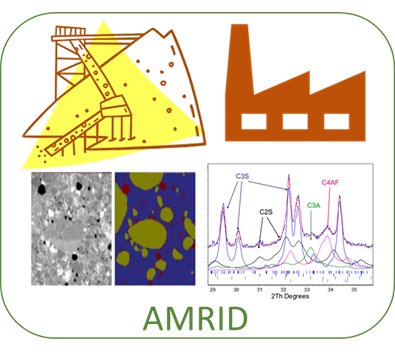
- Docente: Maria Chiara Dalconi
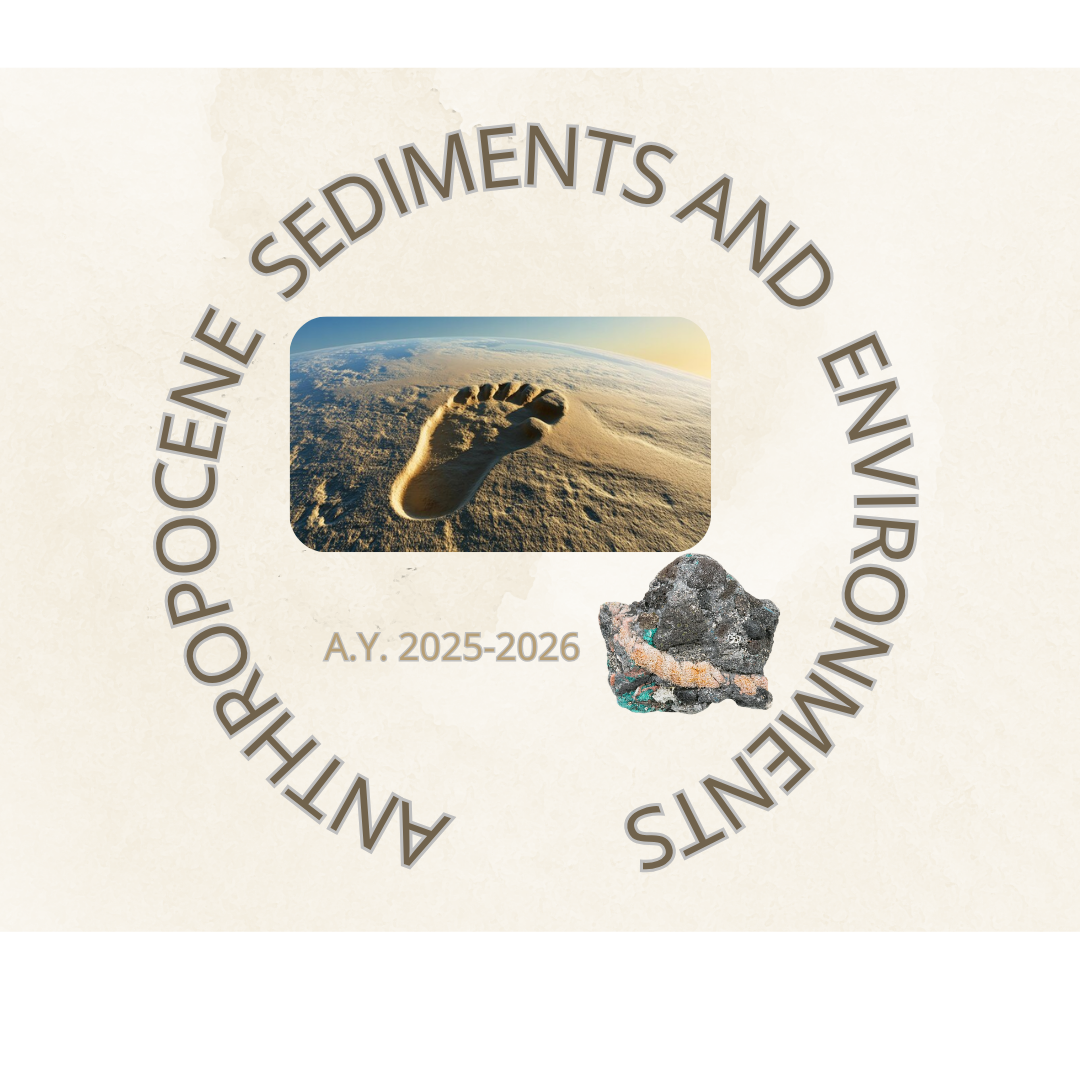
- Docente: Claudia Agnini
- Docente: Massimiliano Ghinassi
- Docente: Massimiliano Zattin
The aim of the course is to:
- provide basic concepts for the analysis of the long-term morpohodynamic evolution of coastal systems such as (e.g.) barrier systems, beaches, lagoons, deltas, and estuaries;
- address the role of biogeomorphic processes on the morphological equilibrium and dynamics of coastal systems;
- analyze the response of coastal systems to changes in the governing environmental forcings (SLR, climate change in general, changes in sediment supply, anthropogenic influence).
Students will learn how to carry out quantitative analyses on the biomorphodynamic response of coastal systems to current climate changes and increasing human pressure.
COURSE UNIT CONTENT
INTRODUCTION: Morphodynamics and biomorphodynamics. Short introduction to coastal systems and to their morphodynamic evolution in response to physical and biological forcings.
PROCESSES: Relative sea level and its variations. Tides, waves, currents, and sediment transport processes in shallow water systems.
ENVIRONMENTS: Morphology and evolution of coastal wetlands, river deltas, estuaries, lagoons, barrier islands (?beaches, cliffed coasts, coral reefs and atolls?)General effects of rising sea levels and climate change on coasts. Natural and anthropogenic forcings. Effects of a changing climate. Effects on wetlands, lagoons, deltas, & estuaries.
STUDY CASE: The Venice Lagoon and its morphological evolution during the past centuries. Will Venice survive?
- provide basic concepts for the analysis of the long-term morpohodynamic evolution of coastal systems such as (e.g.) barrier systems, beaches, lagoons, deltas, and estuaries;
- address the role of biogeomorphic processes on the morphological equilibrium and dynamics of coastal systems;
- analyze the response of coastal systems to changes in the governing environmental forcings (SLR, climate change in general, changes in sediment supply, anthropogenic influence).
Students will learn how to carry out quantitative analyses on the biomorphodynamic response of coastal systems to current climate changes and increasing human pressure.
COURSE UNIT CONTENT
INTRODUCTION: Morphodynamics and biomorphodynamics. Short introduction to coastal systems and to their morphodynamic evolution in response to physical and biological forcings.
PROCESSES: Relative sea level and its variations. Tides, waves, currents, and sediment transport processes in shallow water systems.
ENVIRONMENTS: Morphology and evolution of coastal wetlands, river deltas, estuaries, lagoons, barrier islands (?beaches, cliffed coasts, coral reefs and atolls?)General effects of rising sea levels and climate change on coasts. Natural and anthropogenic forcings. Effects of a changing climate. Effects on wetlands, lagoons, deltas, & estuaries.
STUDY CASE: The Venice Lagoon and its morphological evolution during the past centuries. Will Venice survive?
- Docente: Alvise Finotello
- Docente: Mario Floris
- Docente: Paolo Scotton

